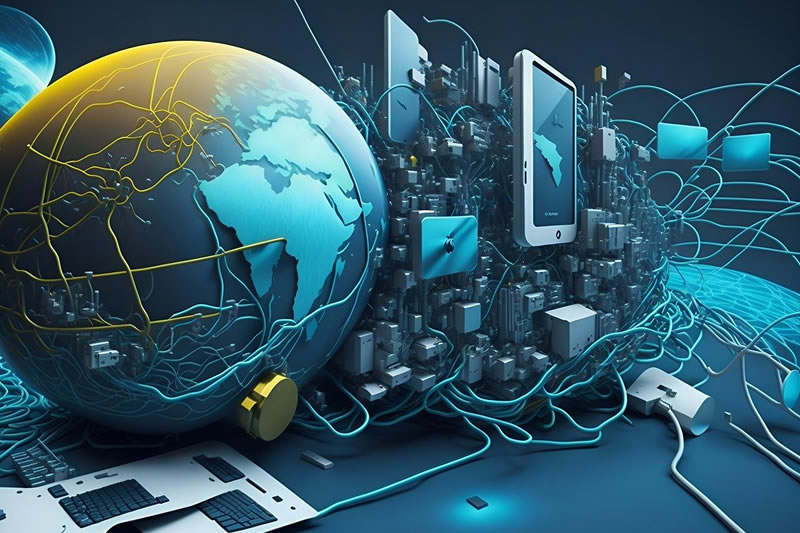As new innovations rapidly transform our world, the need to communicate cutting-edge concepts across languages becomes increasingly important. Fields like artificial intelligence, blockchain, and the Internet of Things are disrupting industries at unprecedented rates. However, ensuring terminology and content related to these emerging technologies can be accurately understood globally presents unique challenges for translation professionals.
TrueLanguage and our partner Powerling have kept pace with innovation by cultivating specialized expertise. Dedicated teams focused on specialties like AI, fintech, and smart devices allow us to deeply research technical concepts through collaboration with innovators. Partnering directly with startups and large companies pioneering new technologies provides early exposure to terms and use cases before they enter widespread usage. This approach strengthens long-term relationships and positions us as trusted localization partners from a company’s founding stages.
In this article, we’ll provide a generalized overview of emerging technologies in the translation industry. Let’s look at these technologies individually.
IoT Device Translation
When it comes to IoT devices, ensuring intuitive interfaces across languages and cultures is necessary. Translation must go beyond discrete text to encompass visual elements, gestures, and contextual help screens. Field testing translations with global user groups helps validate understanding – what’s clear to one audience may confuse others. Iterative testing allows refining translations based on real-world use.
Blockchain Translation
For blockchain, the technical nature of the field produces constantly evolving terminology. Translators require regular training on new concepts and use cases. Multi-layered quality checks help translations retain accuracy as technologies advance. Partnering with compliance experts from different regions also helps navigate cross-border regulations.
AI Translations
With AI, translation models must learn to identify subtle contextual differences between languages to avoid cultural missteps. This requires diverse, representative training data. As models are deployed, ongoing evaluation and feedback loops help identify biases or inconsistencies to address. There is progress being made but results fall short of the requirements in a broad range of industries and applications. Nuances in localization are particularly troublesome and require the expertise of a human translator to avoid missteps. Translations also need to effectively convey new uses or applications of AI technologies over time.
Specialist Translators
Developing communities of specialist translators also equips us to validate translations for complex and evolving topics that may be beyond the scope of more generalized linguists. With AI and blockchain in particular, a nuanced understanding of underlying principles and applications affects the quality of translated content. Identifying subject matter experts and facilitating ongoing training allows translators to maintain relevance as fields continue advancing.
Leveraging new translation tools further streamlines the process of updating existing content or scaling to large volumes of new material. As mentioned earlier in this article, human review remains essential for ensuring the highest quality, especially for safety-critical industries, but machine translation powered by neural networks and translation memory systems improves efficiency. A blended human-machine approach optimizes workflow to keep pace with innovation cycles.
Scanning the innovation landscape also opens new revenue opportunities. Emerging technologies often require localization and internationalization support to reach global markets. By identifying niche translation needs for startups, we establish themselves as localization partners from a company’s inception. This builds long-term relationships and positions our agencies at the forefront of technical translation trends.
Data-driven decision-making further strengthens strategic planning. By tracking source material topics, client industries, and language pairs, we gain insights into growing or declining fields. This allows the proactive allocation of specialized translation resources and helps anticipate future skill requirements. Advanced analytics also provide metrics to optimize processes, ensuring the highest quality output.
As new technologies continue redefining our world at exponential rates, the ability to communicate complex concepts across languages and cultures remains increasingly vital. A multidisciplinary focus on emerging fields, technical expertise, collaboration, and leveraging cutting-edge tools equip us to successfully bridge this gap and cement our role in guiding global innovation.
We’ll be taking a deeper look at these individual technologies in future articles. Please check back for more insights from the team at TrueLanguage and Powerling.


